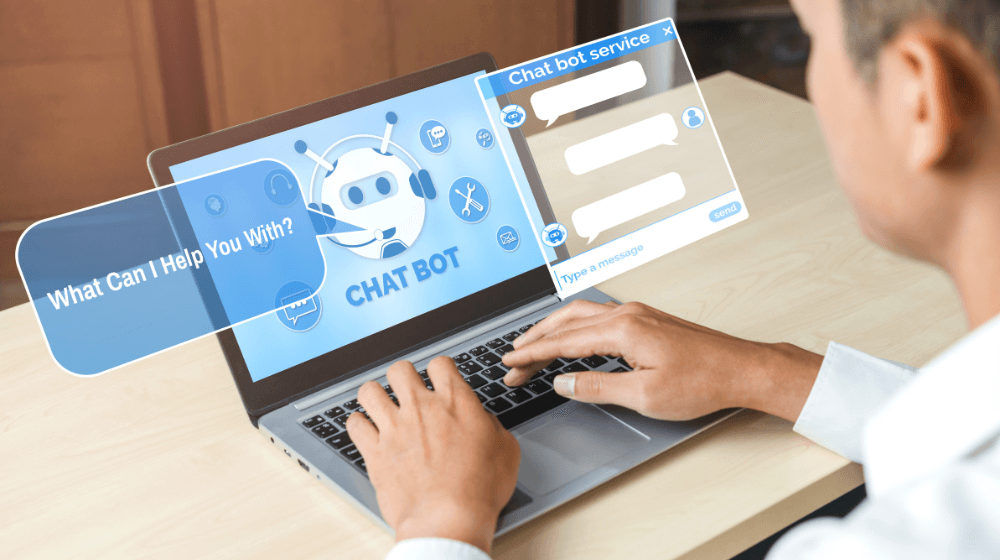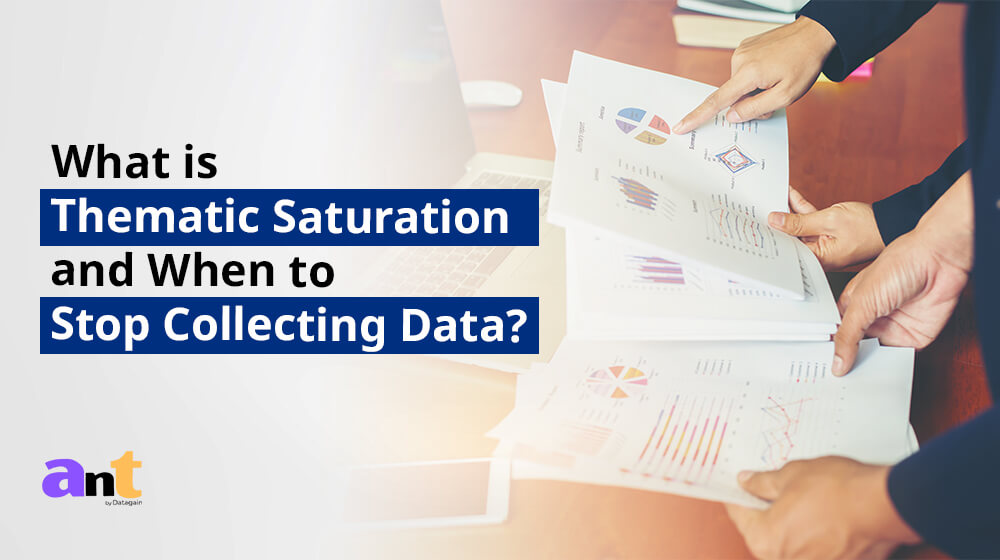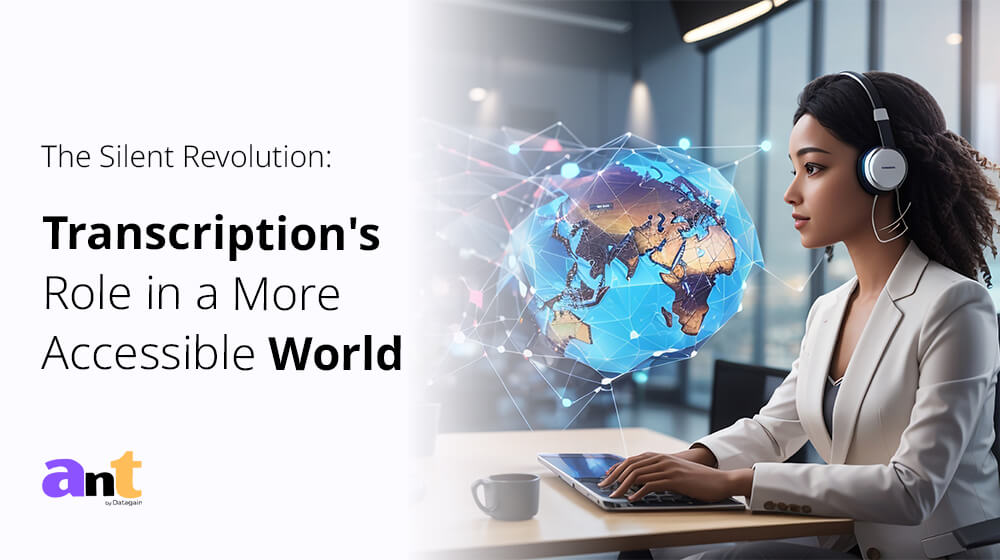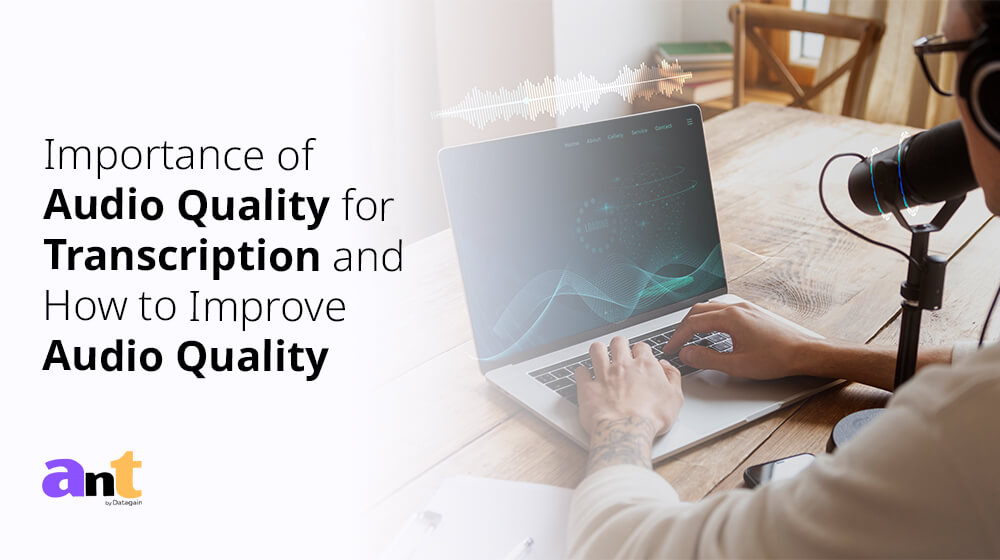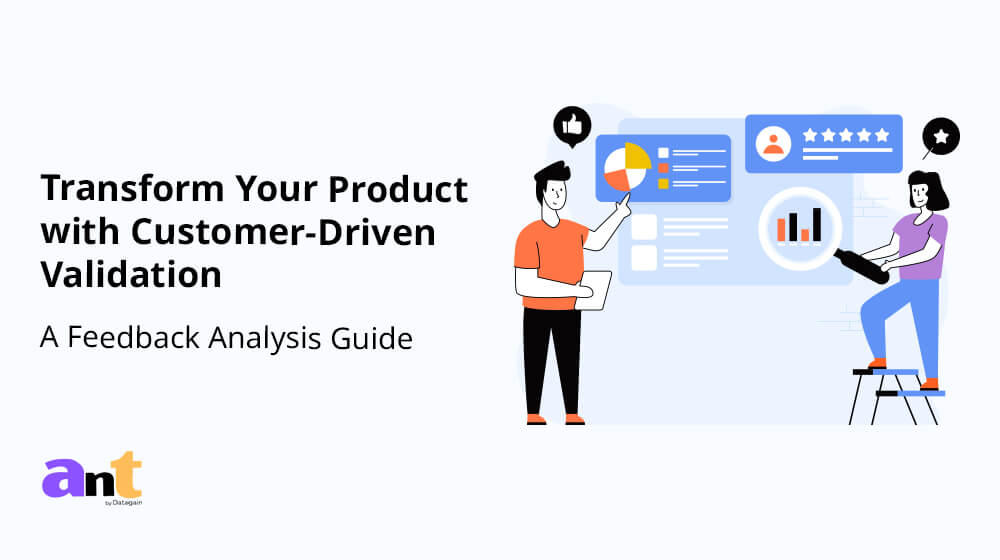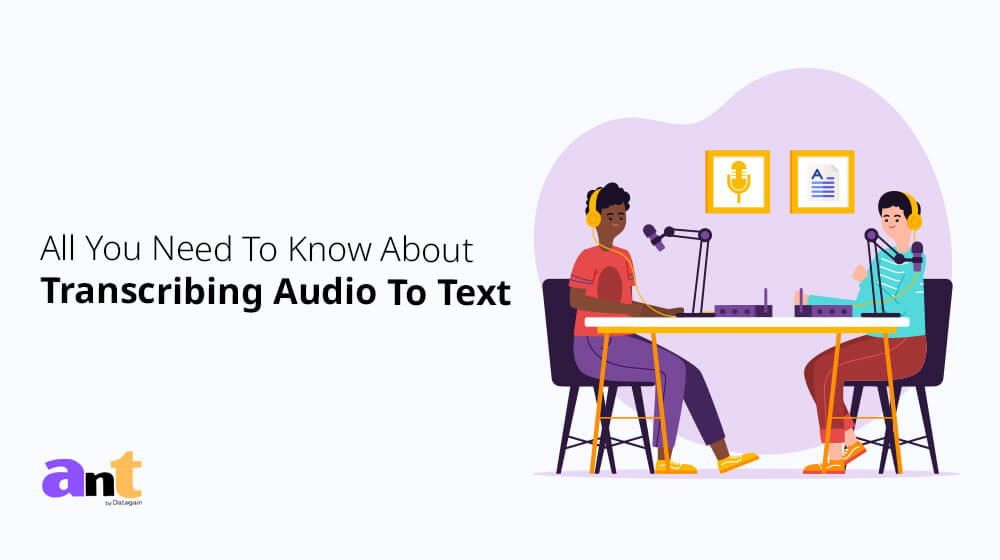Artificial Intelligence (AI) is revolutionizing the transcription industry. With advancements in AI technology, we are witnessing a shift towards automated transcription, where machines can transcribe audio and video recordings with incredible speed and accuracy. AI-powered transcription tools are now widely available, making it easier for businesses to obtain fast and reliable transcriptions.
But with every new technology, there are also limitations. While AI-powered transcription tools can significantly improve transcription accuracy and efficiency, they have drawbacks. The technology is still evolving, and there are some limitations to what AI can do, especially when it comes to understanding complex language, context, and accents.
So, let's dive in and first understand the benefits of AI-powered transcription!
1. Improved Accuracy: AI-powered transcription tools have significantly improved the accuracy of transcriptions. Machine learning algorithms enable these tools to recognize patterns in speech and identify words with greater precision than ever before. It results in fewer errors, making transcriptions more reliable
2. Increased Speed: AI transcription tools can transcribe audio recordings much faster than humans. It is primarily because machines can process information much faster than humans. Thus, AI can save a lot of time in the transcription process, which is especially useful for time-sensitive projects.
3. Cost-Effective: AI tools are cost-effective compared to human transcription services. It makes it an attractive option for individuals and organizations on a tight budget.
4. Customizable: Transcripts created using AI can be customized to meet an individual’s or organization’s specific needs. For example, certain industries may require specialized vocabulary or jargon. AI transcription tools can be trained to recognize and transcribe these terms accurately.
5. Increased Accessibility: AI transcription tools help make transcription more accessible and seamless to people who are deaf or hard of hearing. By providing accurate transcriptions of audio recordings, these tools enable people with hearing impairments to access information that would otherwise be inaccessible.
Limitations of Artificial Intelligence in Transcription
1. Accuracy: Despite advances in AI technology, transcription software is not 100% accurate. Errors can occur due to variations in accents, background noise, and other factors.
2. Cost: While transcription software can save time and money compared to manual transcription, implementing AI technology can still be significant, especially for small businesses or individuals.
3. Training: AI transcription software needs to be trained to recognize different languages, accents, and dialects. This process can be time-consuming and require specialized expertise.
4. Security: AI transcription tools may need to access sensitive or confidential information, raising concerns about data privacy and security.
5. Lack of context: AI may struggle to accurately capture the nuances of language and the context in which it is spoken, leading to errors in transcription.
6. Limited vocabulary: AI transcription techniques may have difficulty recognizing specialized or technical terms, slang, or another non-standard language.
7. Limited flexibility: AI may not be able to adapt to changes in language use or transcription requirements, limiting its usefulness in some contexts.
Why connect with us?
If you want a destination for seamless transcription services, connect with us. Be it automatic or manual transcription, you can rely on us. Book your custom quote today and explore our services!

